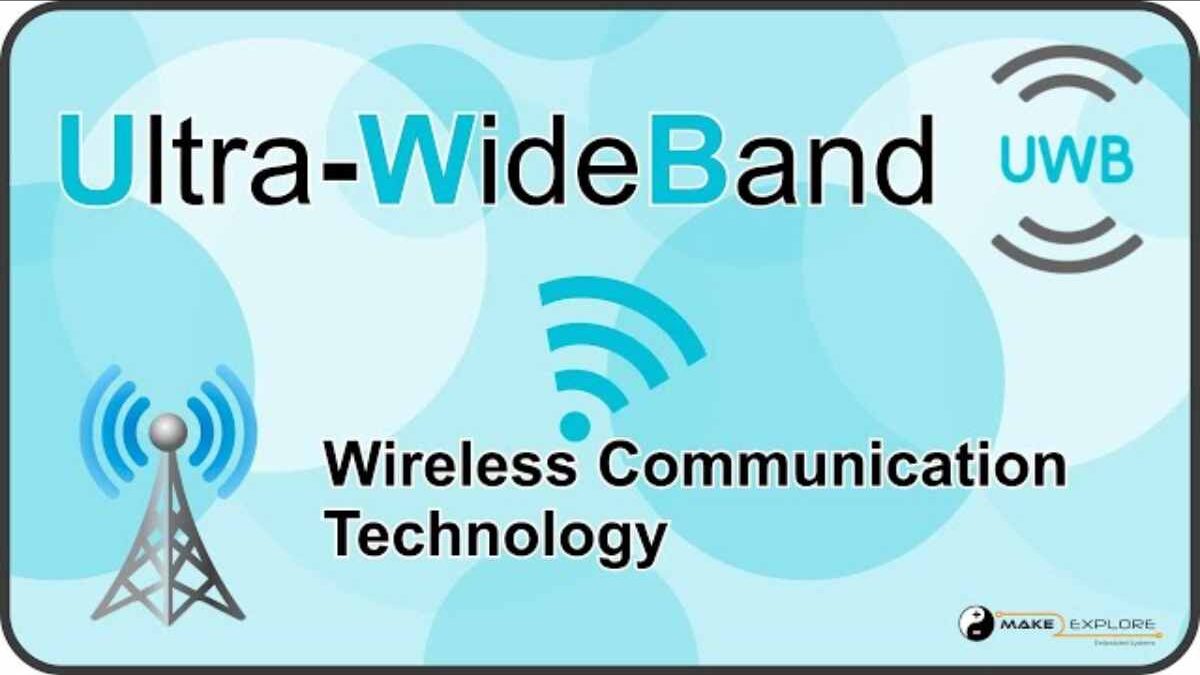Ultra wide band is a wireless, short-range communication protocol that works with the help of radio waves. This is just like Bluetooth or WiFi. It operates through high frequency and will help capture highly accurate directional data. You can consider it a continuous scanning radar locked onto an object that will discover its location and communicate with it.
It can work in a wide range of frequencies in which you can send short pulses of information. With the help of radio energy, it will transmit the data for a specific period. Less energy consumption will allow the transfer of large amounts of data.
Applications of Ultra Wide Band
- The ultra-wideband is used in various applications because the information transfer rate is high for a short range of devices.
- This is used in mobile devices nowadays, and one of the series of Apple iPhones has UWB in it.
- It can be used as a real-time system because it is helpful for radio-sensitive areas like hospitals.
Advantages of Ultra Wide Band
- UWB can pass through any substance, making it more flexible to use.
- It requires low levels of power.
- It will work with a low signal-to-high noise ratio. This also has a more significant channel capacity.
Conclusion
In conclusion, ultra-wide bands will help indoor performance compared to traditional narrowband systems. The low spectral density that will be below environmental noise will ensure a low probability of signal detection and also increase the safety of communication. It will work with a low signal-to-high noise ratio. Also, Less energy consumption will allow the transfer of large amounts of data. This also has a more significant channel capacity. It is cost-effective when compared to other bands. Many companies, such as Apple, Sony, Xtreme, and Hawaii, use it. The fun fact is that Apple has also provided UWB in an iPhone 11.

